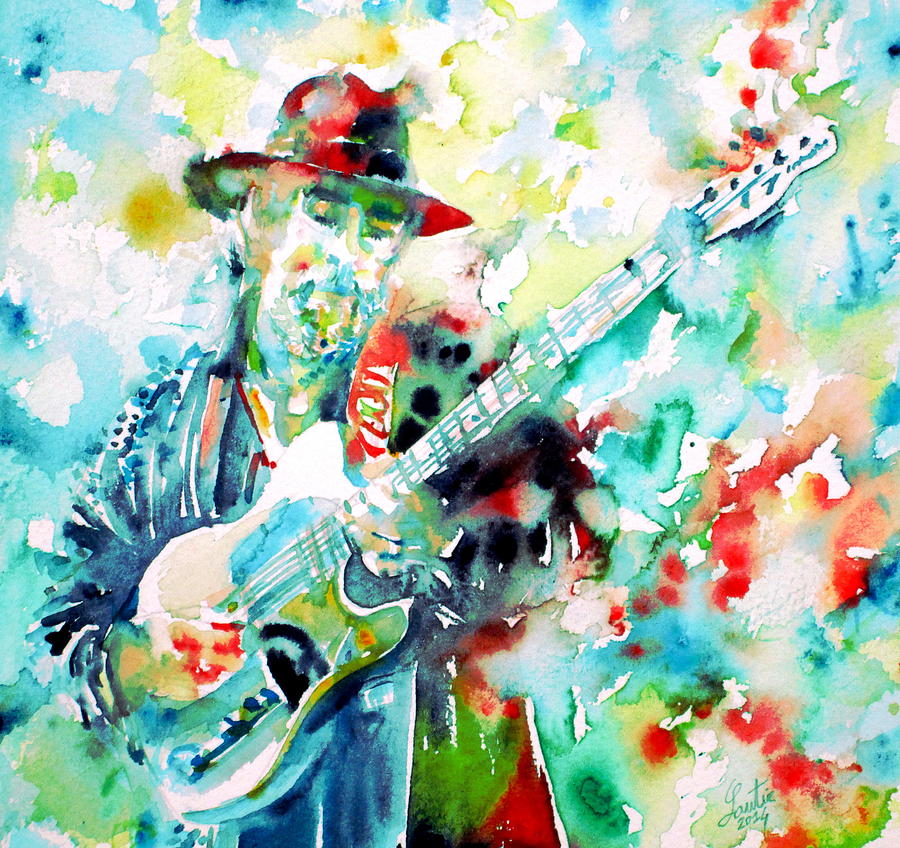FOR ROY
BUCHANAN
After Hendrix died he
was the only guitarist
that could convincingly
play his stuff
he didn’t just play it
though
he did things that Hendrix
never did
his vibrato was like a
vulnerable scream for
a better world
a better life
his scream
and when the best living
guitarist at the time saw
him play
he knew his title was false
and quickly left the concert
he turned down the Stones
and John Lennon and only
played the songs he wanted
to with his old beat up blonde
telecaster and humble voice
and when it all got too much
for him he’d stop playing
and go back to the small
little town he came from and
cut hair
and one night after a big
argument with his wife he
drank heavily and was locked
up:
they found him dead in the cell
the following day.

Roy Buchanan Playing The Guitar -- Fabrizio Cassetta
Roy Buchanan, the son of a sharecropper in Ozark, Arkansas, who moved to Pixley, California, as a farm laborer, began playing guitr professionally at 15 in Johnny Otis's rhythm and blues revue. In 1958 he made his recording debut accompanying Dale Hawkins, then in 1960 for Dale's brother Ronnie Hawkins, tutoring his guitar player, Robbie Robertson. (Hawkins' band, the Hawks, eventually become Bob Dyland's group, The Band.) In 1961 he released "Mule Train Stomp," his first single. In the early 1960s he was a sideman with various rock bands, including the Walker Brothers, and he recorded with Freddy Cannon, Merle Kilgore, and others before leaving the music industry and learning the barbering trade. In March 1968 he attended a Jimi Hendrix Experience concert and was dismayed to discover that Hendrix used electronic pedals to duplicate the wah-wah and other sounds that he had played by hand, but he immediately began covering various Hendrix songs. In 1971 he was featured as "the best unknown guitarist in the world" in an hour-long television documentary, which led to a record deal with Polydor and praise from John Lennon and Merle Haggard as well as an invitation to join the Rolling Stones (which he turned down). he made five Polydor albums, including "Second Album," and then three for Atlantic Records, including "Loading Zone." But he quit the business again in 1981, vowing never to enter a studio again unless he could record his own music his own way. Four years later, Alligator Records coaxed him back into the studio to make "When a Guitar Plays the Blues." He followed up with "Dancing on the Edge" (with vocals by Delbert McClinton) and "Hot Wires, " his 12th and final album. He played his last show on 7 August 1988. But he was arrested for public intoxication after a domestic dispute and found hanged from his own shirt in a jail cell on 14 August.
ReplyDelete